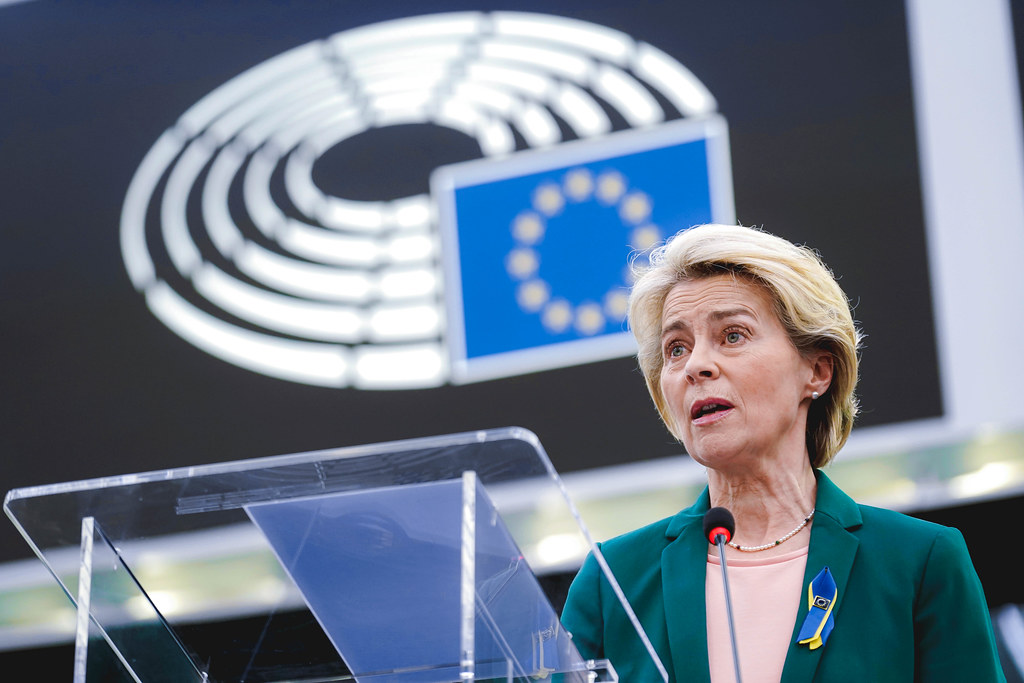What the EU will do to extract metals in overseas territories

France wants to convince the Commission to authorize the (subsidized) extraction of critical metals from European overseas territories. New Caledonia, Polynesia and Greenland contain great wealth. But there are problems
To ensure the certainty of supplies of critical metals for the energy transition – such as lithium and nickel for batteries, or rare earths for wind turbines – the European Union is thinking of encouraging mining in its territories of 'overseas.
THE CRITICAL RAW MATERIALS ACT
To reduce the heavy dependence on China and keep pace with the United States, which last August approved a large subsidy plan, in mid-March the Commission presented a law to stimulate European projects for the extraction, processing and recycling of raw materials for “green” industries.
The Critical Raw Materials Act , this is the name, establishes that by 2030 the European Union must extract at least 10 percent of the critical metals consumed on its territory. Attempts to open lithium mines in Portugal and Germany, however, have been strongly opposed by the population.
THE DEMAND OF FRANCE
To try to circumvent the problem of internal opposition, three French officials told the Financial Times that Paris had sent Brussels a request to include the overseas countries and territories of the European Union in the provisions of the Critical Raw Materials Act.
Basically, to distance – even geographically – the protests for the mines, France would like to have the Commission recognize the possibility of relocating mining away from the motherland, subsidizing it as envisaged by the Act.
THE MOST RELEVANT OVERSEAS TERRITORIES FOR CRITICAL METALS
There are thirteen overseas countries and territories of the European Union, consisting of France, Denmark and the Netherlands. The most relevant ones are Greenland (dependent on Denmark), New Caledonia and French Polynesia (dependent on France).
New Caledonia is located in the South Pacific Ocean and contains 10 percent of the world's reserves of nickel, a metal used in batteries for electric vehicles and grid storage. There is already an important mining industry on the island, so much so that Tesla in 2021 signed a contract to supply nickel from a Neo-Caledonian mine.
The territory and waters of French Polynesia, a set of archipelagos in the South Pacific, contain instead from 80 to 100 billion tons of rare earths, the refining of which for industrial use is however dominated by China .
Greenland , located in North America but part of the Kingdom of Denmark, has important reserves of nickel and cobalt for batteries, rare earths and copper for electric cables (necessary for connection to the grid of the many renewable energy plants scattered around the national territories).
PROBLEMS
As the Financial Times points out, starting mining activities in overseas territories – once subject to European colonial rule – could prove anything but complex. Their inhabitants are generally opposed to large environmental exploitation projects that modify the landscape and transfer most of the generated wealth elsewhere. For example, the sale of the mine in New Caledonia which then reached the supply agreement with Tesla has been opposed and delayed by some local groups demanding independence from Paris.
Authorizing large-scale mining of overseas territories would also be problematic for the European Union, which seeks to present itself to the world as an environmental, economic and social "sustainable power".
This is a machine translation from Italian language of a post published on Start Magazine at the URL https://www.startmag.it/energia/metalli-critici-territori-oltremare-unione-europea/ on Mon, 24 Apr 2023 06:26:00 +0000.
